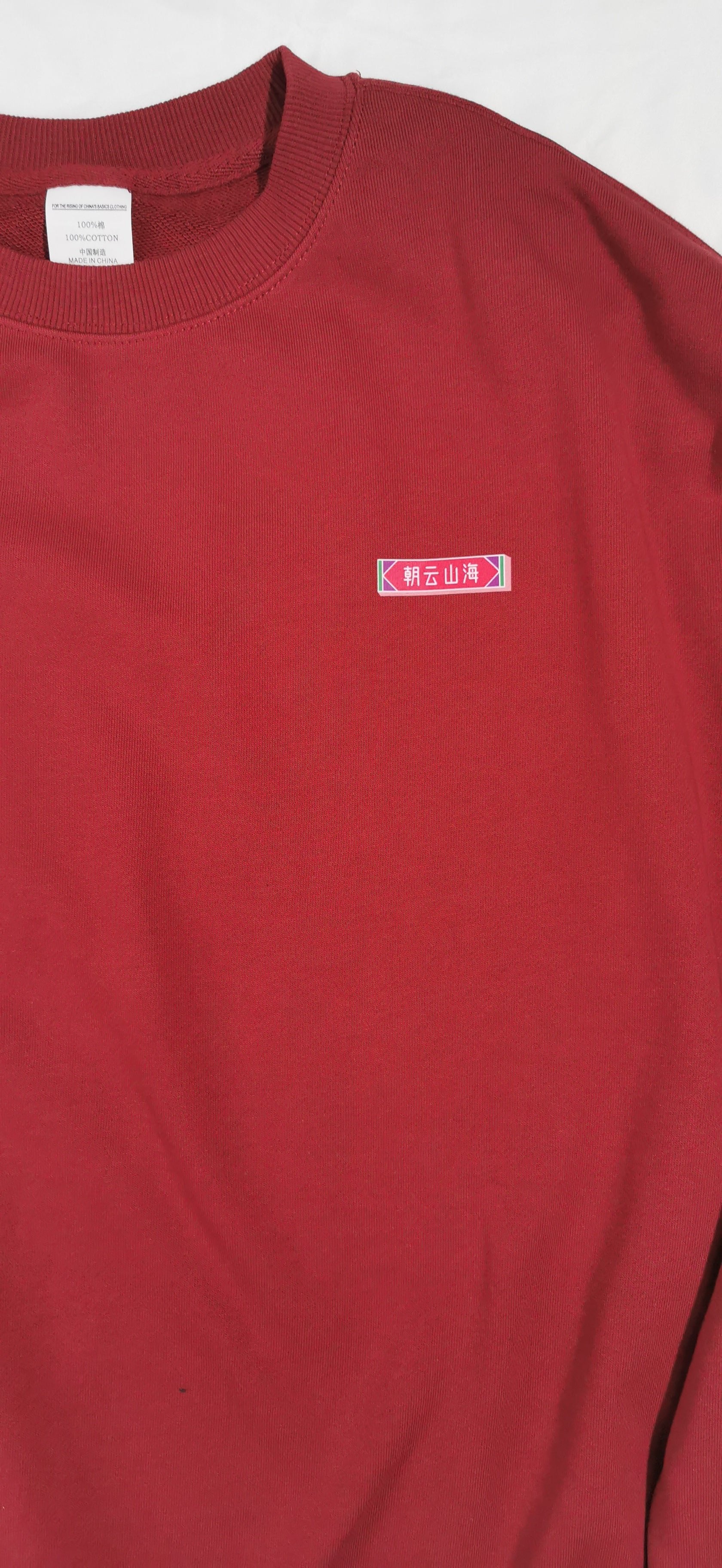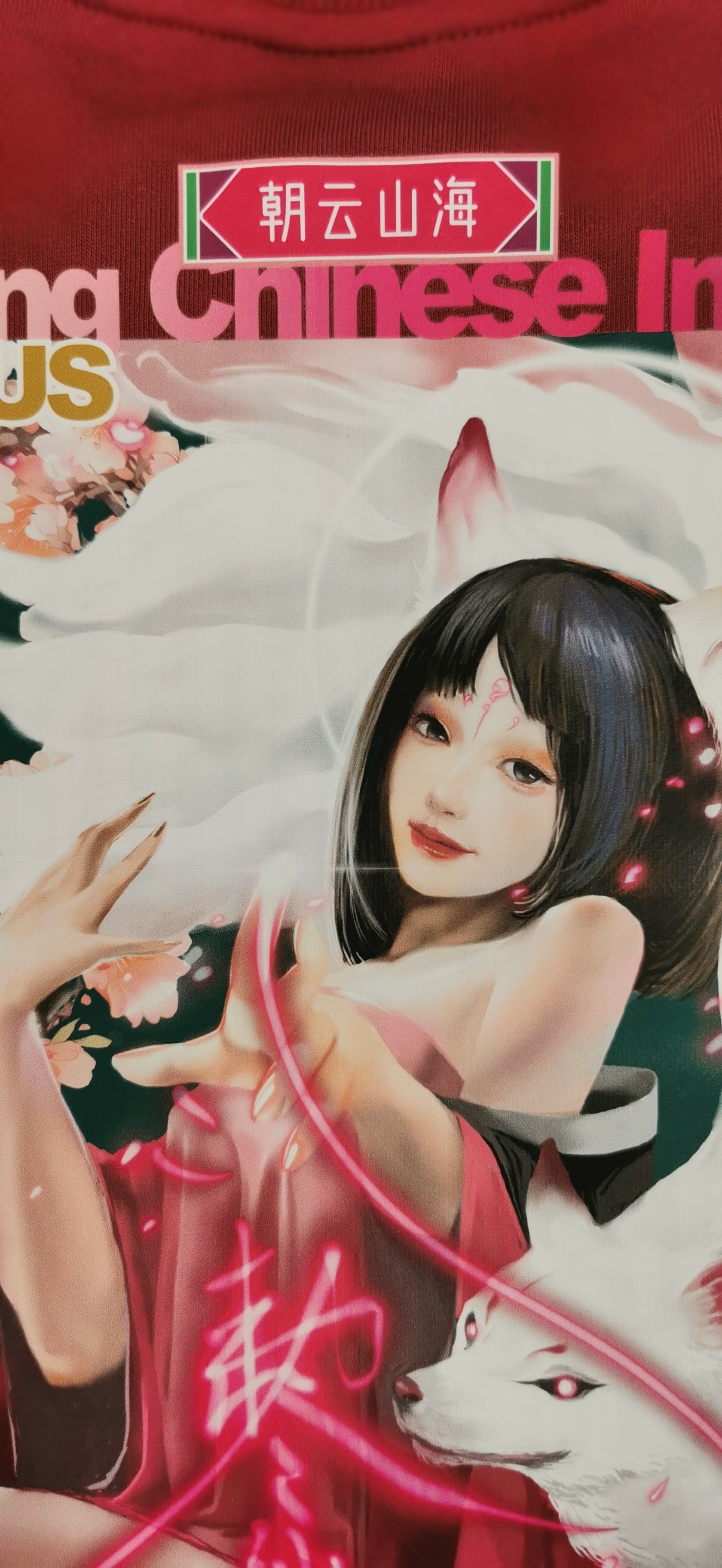



Foxspirit long sleeve sweater
Huli jing (Chinese: 狐狸精) are Chinese mythological creatures usually capable of shapeshifting, who may either be benevolent or malevolent spirits. In Chinese mythology and folklore, the fox spirit takes variant forms with different meanings, powers, characteristics, and shapes, including huxian (Chinese: 狐仙; lit. 'fox immortal'), hushen (狐神; 'fox god'), husheng (狐聖; 'fox saint'), huwang (狐王; 'fox king'), huyao (狐妖; 'fox demon'), huzu (狐族; 'fox clan'), and jiuweihu (九尾狐; 'nine-tailed fox')
The Youyang Zazu made a connection between nine-tailed foxes and the divine:
Among the arts of the Way, there is a specific doctrine of the celestial fox. [The doctrine] says that the celestial fox has nine tails and a golden color. It serves in the Palace of the Sun and Moon and has its own fu (talisman) and a jiao ritual. It can transcend yin and yang.
The fox spirits encountered in tales and legends are usually females and appear as young, beautiful women. One of the most infamous fox spirits in Chinese mythology was Daji, who is portrayed in the Ming Dynasty shenmo novel Fengshen Yanyi. A beautiful daughter of a general, she was married forcibly to the cruel tyrant King Zhou of Shang. A nine-tailed fox spirit who served Nüwa, whom King Zhou had offended, entered into and possessed her body, expelling the true Daji's soul. The spirit, as Daji, and her new husband schemed cruelly and invented many devices of torture, such as forcing righteous officials to hug red-hot metal pillars. Because of such cruelties, many people, including King Zhou's own former generals, revolted and fought against the Shang dynasty. Finally, King Wen of Zhou, one of the vassals of Shang, founded a new dynasty named after his country. The fox spirit in Daji's body was later driven out by Jiang Ziya, the first Prime Minister of the Zhou dynasty, and her spirit condemned by Nüwa herself for excessive cruelty.
Fox spirits and nine-tailed foxes appear frequently in Chinese folklore, literature, and mythology. The motif of nine-tailed foxes from Chinese culture was eventually transmitted and introduced to Japanese, Korean, and Vietnamese cultures.

